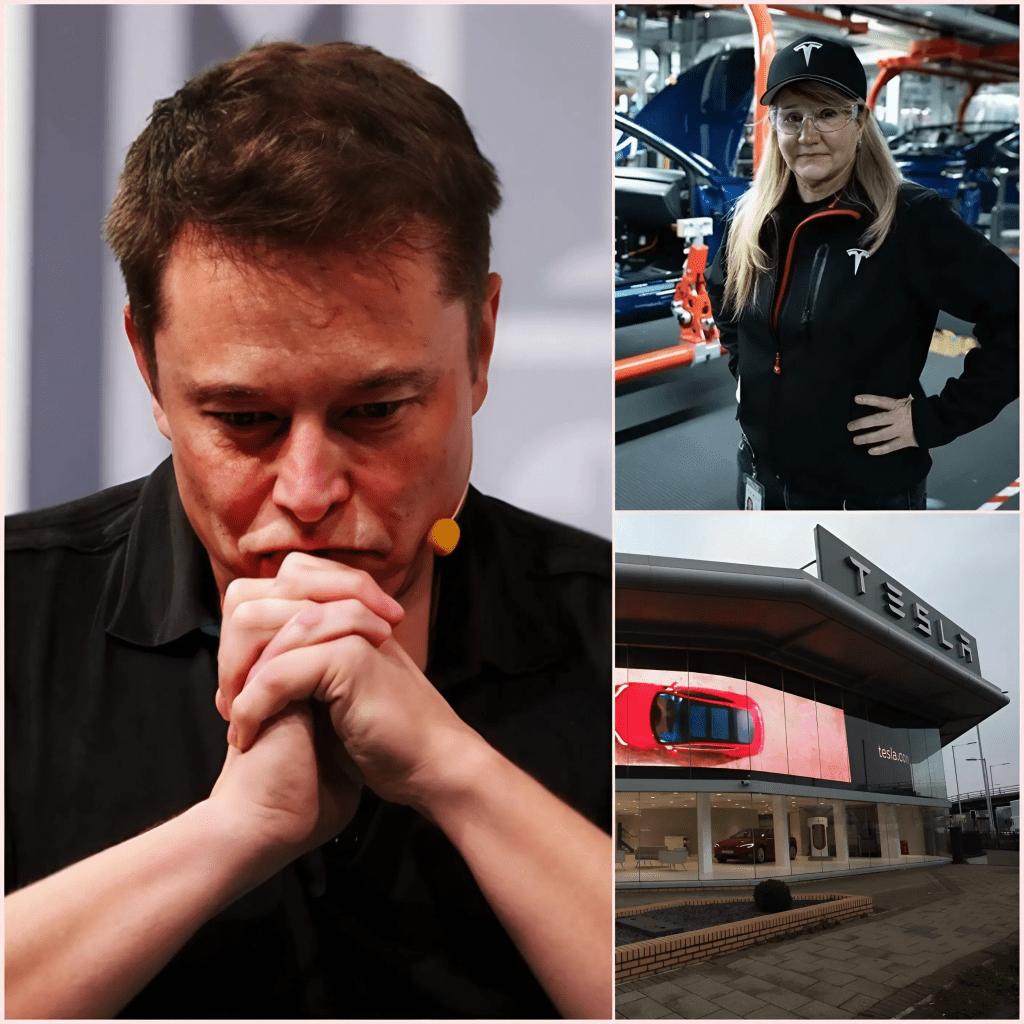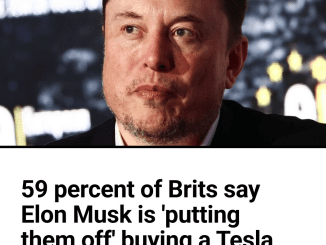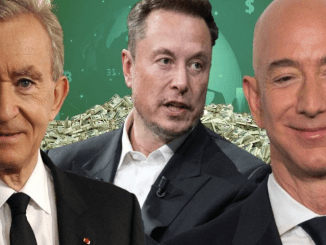
The Situation Worsens for Tesla as $44 Billion Vanishes in an Instant, Employees Feel Helpless, and Elon Musk Faces an Unprecedented Crisis

The electric vehicle giant Tesla is grappling with an escalating crisis that has sent shockwaves through the automotive industry and beyond. In a matter of moments, the company reportedly lost a staggering $44 billion in market value, a figure that underscores the severity of its current predicament. As Tesla’s stock continues to plummet, employees are left reeling, and CEO Elon Musk finds himself at the center of an unprecedented storm that threatens to unravel years of innovation and growth. The convergence of financial turmoil, employee unrest, and Musk’s polarizing leadership has cast a dark shadow over the company’s future, raising questions about its ability to weather this perfect storm.
The dramatic $44 billion drop in Tesla’s valuation is a headline-grabbing figure, but it’s only the tip of the iceberg. Reports indicate that Tesla’s stock has been on a rollercoaster ride in recent months, with sharp declines erasing significant gains made earlier in the year. This latest plunge comes amid a broader backlash against Musk, whose high-profile role in political spheres and controversial decisions have alienated a portion of Tesla’s customer base. Analysts point to a combination of factors driving this financial freefall: declining global sales, fierce competition from rival automakers, and a growing perception that Musk’s divided attention is undermining the company’s focus. Once a darling of Wall Street, Tesla now faces skepticism from investors who are questioning whether the company can regain its footing.

For Tesla’s workforce, the situation is equally dire. Employees, many of whom have long been drawn to the company’s ambitious mission, now find themselves caught in a maelstrom of uncertainty. Reports have emerged of chaotic layoffs, plummeting morale, and a sense of helplessness as the company’s leadership struggles to stabilize the ship. Musk’s hands-on approach, once seen as a strength, has come under scrutiny as his involvement in external ventures—such as his role in the Trump administration’s Department of Government Efficiency (DOGE)—appears to divert his focus from Tesla’s core operations. Workers who once thrived on the company’s culture of innovation are now grappling with the reality of a business in distress, with some insiders describing an atmosphere of fear and exhaustion.
Elon Musk, the enigmatic figure at Tesla’s helm, is no stranger to controversy, but this crisis feels different. His polarizing actions, from political endorsements to drastic cost-cutting measures, have sparked widespread protests targeting Tesla dealerships across the United States and Europe. Consumers, once loyal to the brand, are selling off their vehicles or distancing themselves with anti-Musk bumper stickers, signaling a profound shift in public sentiment. Analysts argue that Musk’s alignment with divisive figures and policies has tarnished Tesla’s image as a forward-thinking, environmentally conscious company—a reputation that was once its greatest asset. As Tesla’s sales slumped by 13% in the first quarter of 2025, the worst drop in its history, the backlash against Musk has emerged as a significant driver of the company’s woes.

Compounding Tesla’s troubles is the intensifying competition in the electric vehicle market. Rivals like China’s BYD, which recently surpassed Tesla in annual revenue, are capitalizing on the company’s vulnerabilities. With a refreshed lineup and aggressive pricing, competitors are eroding Tesla’s once-dominant market share, particularly in key regions like Europe and China. Meanwhile, Tesla’s aging product lineup and delays in launching new, affordable models have left it struggling to keep pace. The promise of innovations like robotaxis and the Optimus humanoid robot, while visionary, requires substantial investment at a time when the company’s financial resources are stretched thin. This competitive pressure, coupled with the $44 billion valuation hit, paints a grim picture of a company at a crossroads.
Despite the bleak outlook, there are glimmers of hope for Tesla. Musk has vowed to steer the company back to growth, and some analysts believe that strategic shifts—such as a renewed focus on product development and a potential recalibration of his public persona—could stem the tide. The prospect of favorable policies under the Trump administration, including tariffs on imported vehicles, might also provide a lifeline by shielding Tesla from foreign competitors. However, these possibilities hinge on Musk’s ability to navigate the current crisis, a task that demands both operational acumen and a delicate balancing act with his external commitments.
As of April 6, 2025, Tesla stands on the brink of an uncertain future. The $44 billion loss is a stark reminder of the fragility of even the most iconic brands when faced with a confluence of internal and external challenges. Employees, investors, and consumers alike are watching closely as Elon Musk confronts what may be the defining moment of his tenure. Whether Tesla can emerge from this unprecedented crisis stronger or succumb to the mounting pressures remains to be seen, but one thing is clear: the road ahead is fraught with peril, and the stakes have never been higher.


